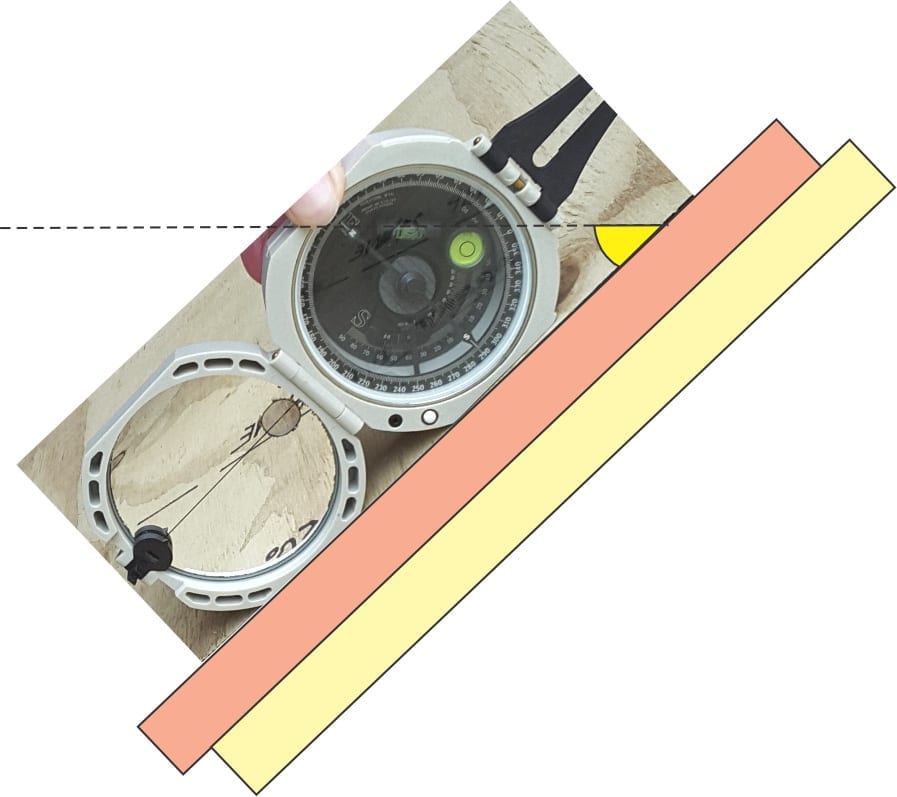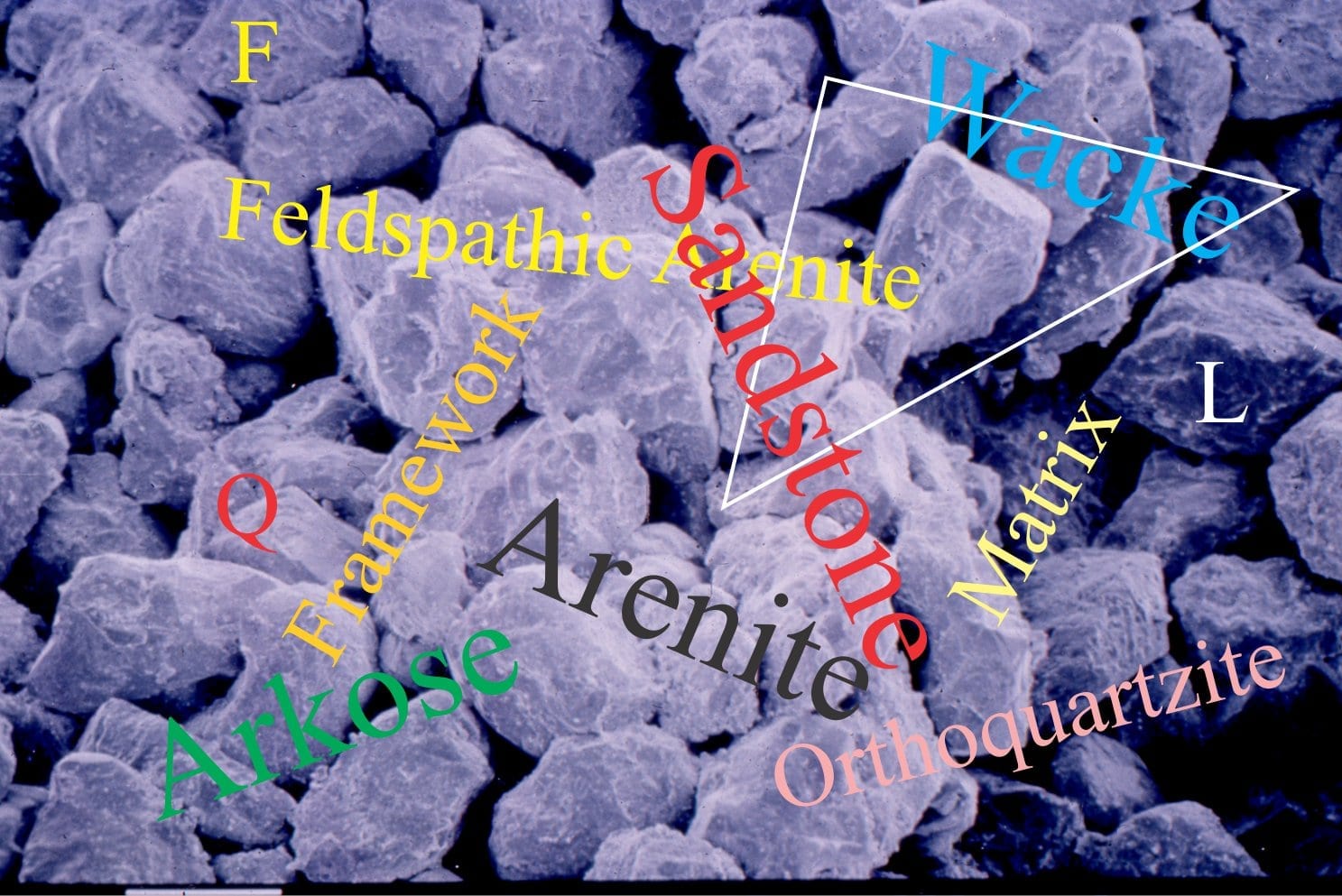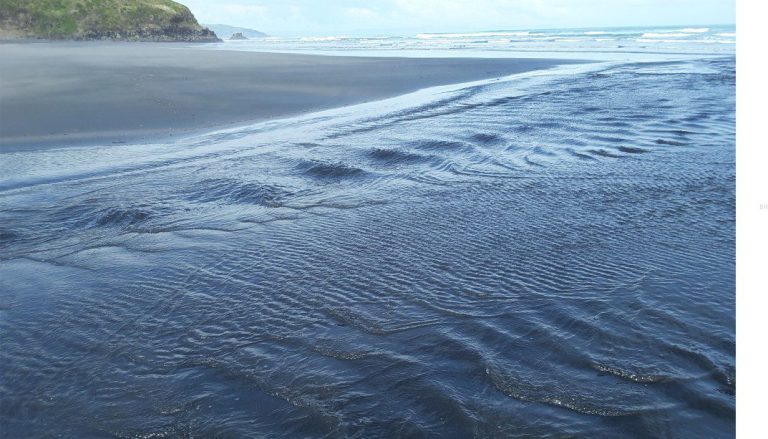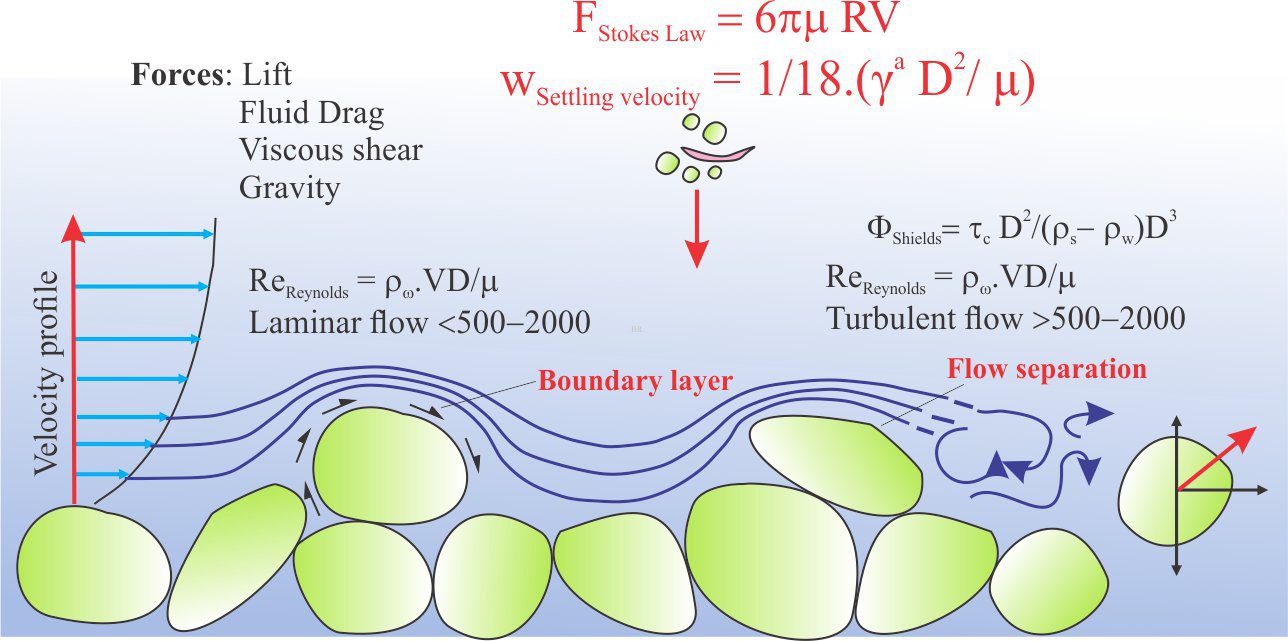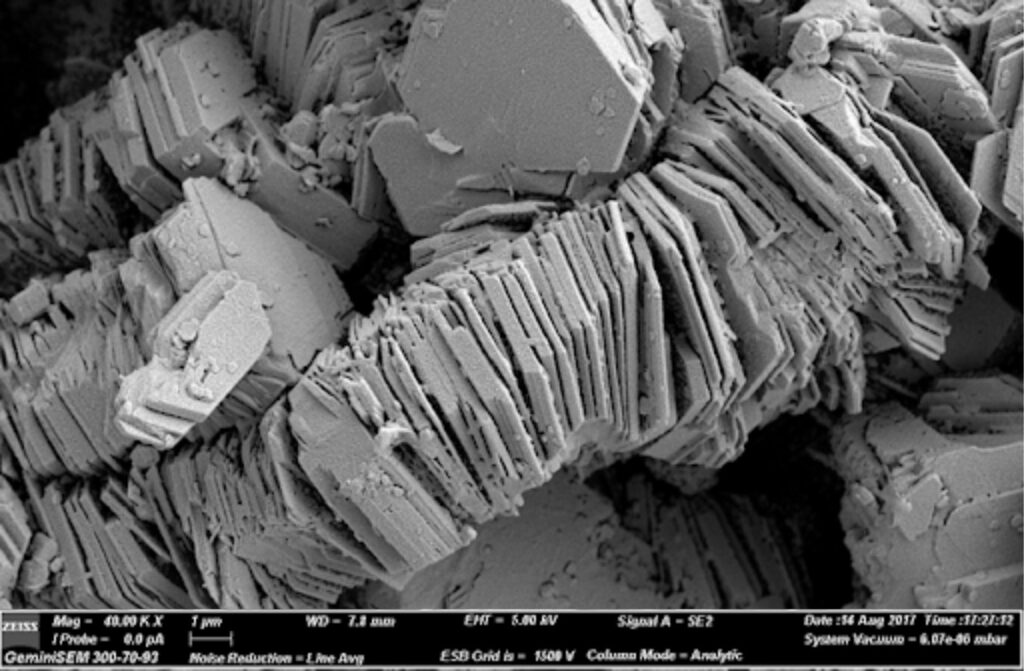
A series on clay minerals – their crystal chemistry, identification, formation
Clays are a ubiquitous component of nearly all siliciclastic, mixed carbonate-siliciclastic, and volcaniclastic rocks and sediments. They are the primary detrital and authigenic components of siliciclastic mud rocks. They are a critical component of soils, in part because they influence soil structure, but also because of their ability to contribute cations that promote plant nutrition. Clay-rich rocks, or mudrocks, that contain organic matter will produce hydrocarbons during sediment burial and thermal maturation – also referred to as ‘kitchens’. The composition of mudrocks also changes during burial as fluids containing dissolved solids move through the rock; the chemical reactions that produce clays continue to evolve to depths where metamorphism begins.
Mineralogy of the common clays
